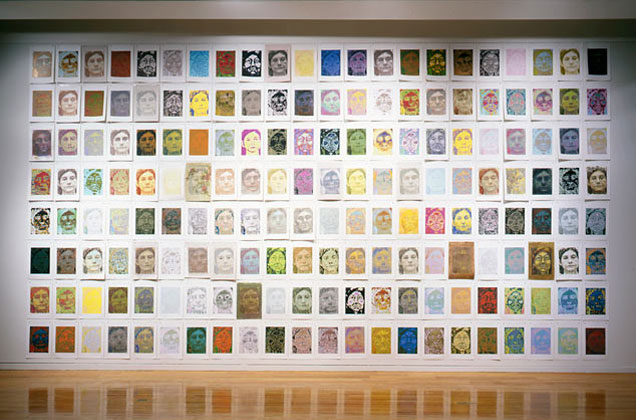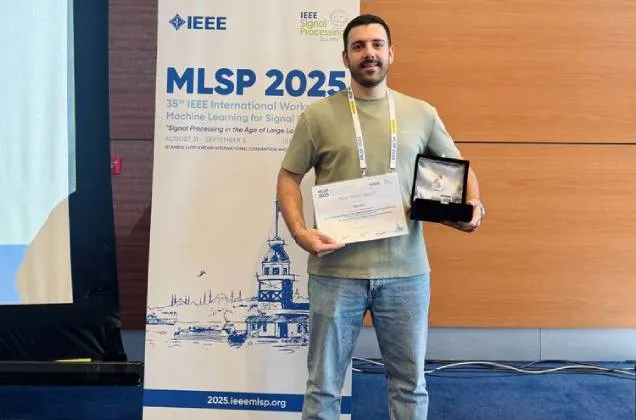30/03/2016
Science and art had been courses in two distinct Faculties so far. They were completely separate: you either studied natural sciences or fine arts. Come to think of it, isn't nature or even the universe itself a form of science, which in turn creates a flawless form of art?
Helen Donis-Keller is a professor of biology and art in Olin College.She is a scientist and artist who has taken part in cancer and treatment research on the one hand, and managed to blend her research with art on the other.Last week, she began her lecture at the Minerva Palas titled “Molecular Biology and Visual Arts: My Journey" by saying that biology and art had a lot in common, assuming that we are already aware of this.
She spoke about Leonardo da Vinci, one of the first persons to focus on both science and art, and Ernst Haeckel, explaining their work. She also discussed Theo Jansen's Strandbeest. She said that there had always been and would always be people who, like her, had dedicated themselves equally to science and the arts. That is because, unbeknownst to us, art and science have a lot in common.
They are like the two faces of a coin. Science can appear wherever there is art, and art is in everything called science. The problem was that a person only interested in art was an "artist" but not a "scientist" at the same time.
What are the similarities between a scientist and an artist whose material is "nature"?
According to Donis-Keller, both view the world through their own lens and help us make sense of events and beings; the only difference is one has to do this by performing experiments and using objective data –because a scientist always has to be true and accurate– while the other presents their subjective, personal interpretation. Both publish and display their work and want us to view them, because their work is the fruit of a long and arduous effort.
What is Helen Donis-Keller's work in biology?
Donis-Keller was part of a research group working on the MEN2A tumor, which is known to appear and cause cancer in the endocrine system, and the mutations of the RET gene. It was observed that the tumor could undergo genetic mutations that made it permanent in individuals and carried it across generations. Although there is no known effective drug at the moment, a test was developed to predict the occurrence of the MEN2A tumor in individuals and to make early detection possible. This test analyzes genes in the endocrine system to determine whether there is a mutation that could occur in the future. If present, it is removed by thyroid surgery.
How does this connect to art?
Donis-Keller had quite a different approach to this. Her work on genetic sequences and their effect on phenotype, or outer appearance, fascinated her from an artistic perspective and she decided to create "art" based on this. Her series called "Genotype: Phenotype" compared the possible genotypes that may emerge from her own DNA sequence and the phenotypes that these genotypes may create, came up with 176 different phenotypes based on 6 genotype sequences, and attempted to recreate these phenotypes using Photoshop on her own Sam's Club Card picture.
The results are astonishing.
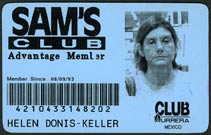
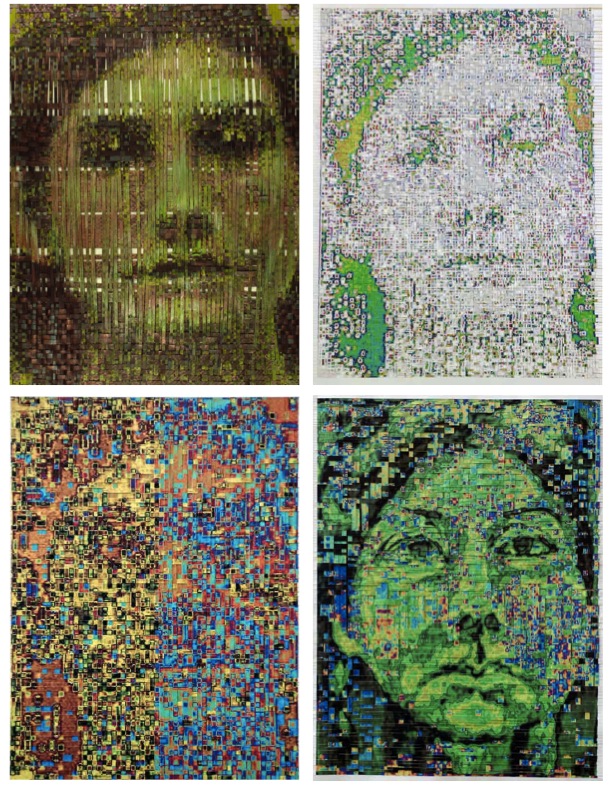

Genotype: Phenotype Wall Piece, Santa Barbara Museum of Art, 2002
Donis-Keller's work was first exhibited in 2001 at Tufts University, and a selection from the series was then exhibited in many different exhibition areas around the world.
Donis-Keller says that many elements in nature have different phenotypes that we may observe, explaining how she was partly inspired by nature and the elements in it. Donis-Keller explains that these elements were formed by the massively powerful force of nature which she admired, and concluded the lecture with a slideshow of nature photographs she took in Iceland, titled "Encounter with Icelandic Elements."
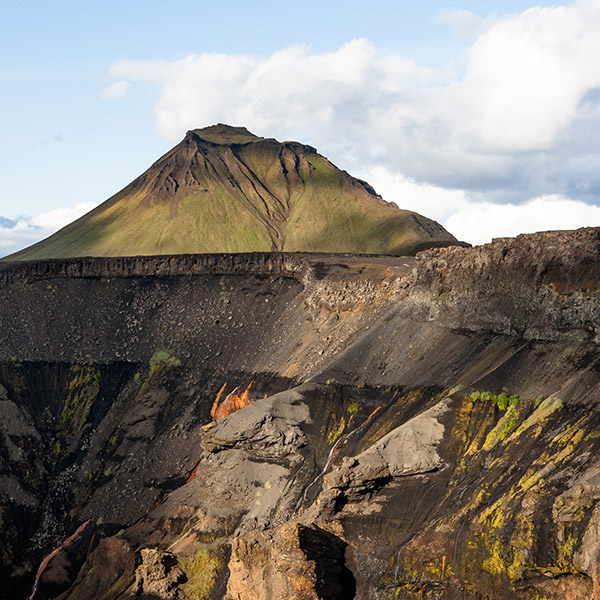

Photos: helendonis-keller.com
Article: Neslihan Kandolu / Sabancı University
